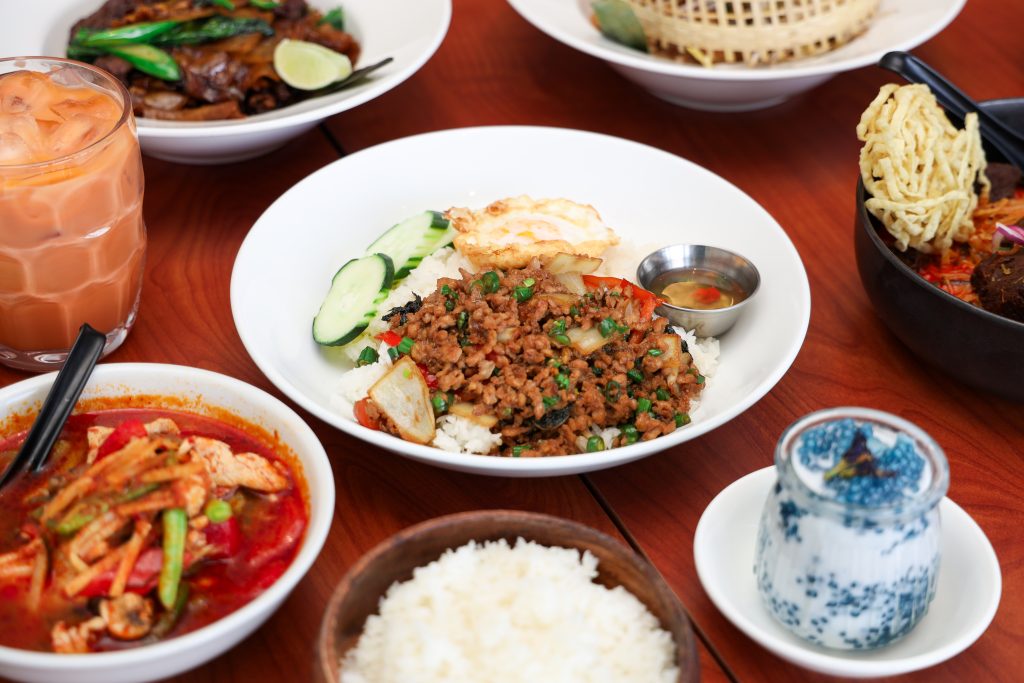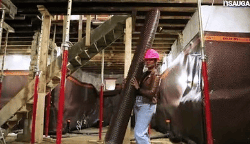Is Your Child’s Backpack Safe to Wear?
Published August 30, 2017 at 1:36 am

The first day of school is has come and gone (where did summer go?). The pencils, calculators, binders, and notebooks have been bought, and likely a snazzy new backpack, too. With school in full swing, you’ll want to ensure your child’s backpack is safe for them to wear, or fear back pain and potential injuries.
According to the British Columbia Chiropractic Association (BCCA), over 50 per cent of Canadian youth suffer at least one back pain episode during their school years.
“Injuries related to backpacks that are too heavy or worn incorrectly can have lasting effects. It’s very important that parents and educators pay attention that backpacks are not overloaded and are worn correctly.” said Dr. Jay Robinson, president of the BCCA.
It’s true – backpacks can cause painful injuries if they’re too heavy or if they aren’t worn correctly. How many times have you worn a backpack that was just a tad too heavy, or a little uncomfortable?
Those feelings of pain and discomfort are no joke. In fact, the BCCA says that kids often lug around backpacks that appear to be twice their body weight. A heavy backpack can actually cause long-term head, neck, and shoulder pain.
Heavy or incorrectly worn backpacks are common, but pain and injuries from backpacks are preventable, and now is the best time to ensure your child has a well-fitting, managebly-packed bag – right before school starts.
There are a few helpful guidelines you can follow to ensure your child’s backpack isn’t causing them temporary pain or more permanent issues later down the road, according to the BCCA:
Go for a lightweight material with padding and straps
When buying a new backpack, choose something lightweight, ideally made of canvas or vinyl, with a padded back, two-inch wide shoulder straps, and a hip or waist strap. Hip or waist straps help minimize the feeling of heavy weight on your back.
Maximize the amount of pockets
Pick a bag with lots of pockets – and use them – to balance the load.
Heavier items should be closer to your back
Always pack the heaviest items closest to your back, and ensure items in the backpack aren’t sliding around and messing with the bag’s balance, especially if you’re carrying it for a long time.
Pack light
Only pack a bag with what’s needed for that day. The BCCA says that students from kindergarten to eighth grade shouldn’t carry more than 10 per cent of their body weight, and kids grade 8 and up can get away with up to 15 per cent. It doesn’t hurt to weigh your pack prior to lugging it around all day.
Place the bag on a waist-level surface
There’s actually a specific set of steps for putting on a backpack safely, especially when it’s on the heavier side, that can be practiced and followed for safety.
First, place the bag on a flat, waist-level surface. Then, slip on the straps one at a time. Now, you can adjust the straps until the bag sits flush against your back.
You should be able to slide a hand between the pack and your back – that’s how you know it’s not on too tightly.
Finally, buckle the hip or waist strap to reduce strain.
Now that you know how to wear a backpack in the best way to avoid pain and injuries, not only will your child be ready for school on Tuesday – you will be, too.
insauga's Editorial Standards and Policies advertising





